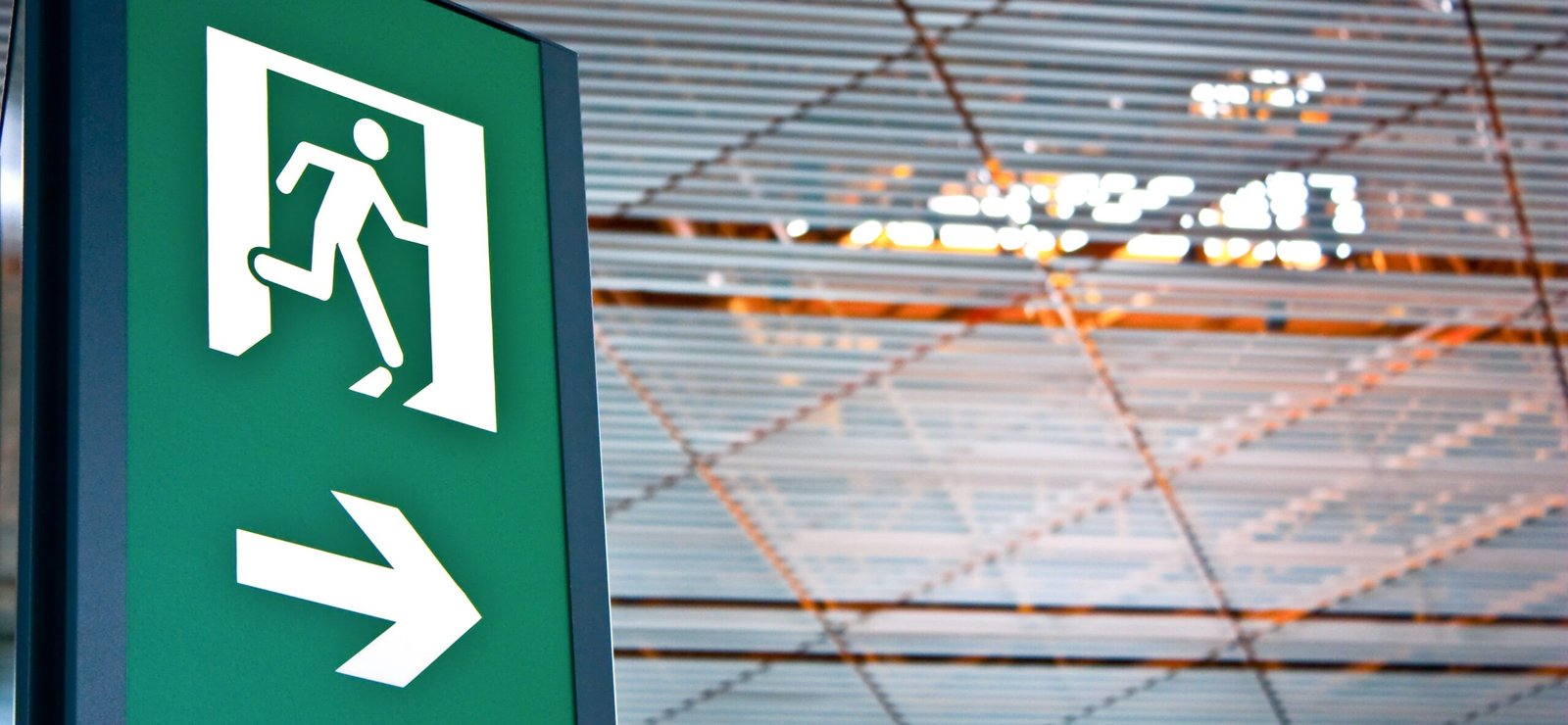The recent near-disaster on an Alaska Airlines 737 MAX 9, where a door plug blew out at 16,000 feet, has reignited concerns about safety in the aviation industry. While the focus has been on the impressive emergency landing and the crew’s heroism, former pilot Amy Fraher raises a critical question: why wasn’t that emergency exit even functional in the first place?
The answer, she argues, lies in a complex web of regulations and cost-cutting measures. Airlines, facing pressure to keep costs down, often disable and seal unused emergency exits on planes with fewer passengers. This practice, while legal under certain conditions, raises serious safety concerns.
Fraher points out that every emergency exit comes with associated costs – maintenance, inspections, staffing during takeoffs and landings. By disabling exits, airlines save on personnel expenses, training, and equipment maintenance. However, this cost-cutting measure comes at the expense of passenger safety.
The issue is further complicated by regulations that vary depending on the number of passengers an aircraft is configured to carry. A plane with fewer seats, like the Alaska Airlines MAX 9, requires fewer functional exits compared to a densely packed aircraft. This means that passengers in certain configurations might have fewer escape routes in an emergency.
Fraher argues that prioritizing profits over readily available emergency exits is a dangerous gamble. While the FAA has recertified the 737 MAX as safe, the recent incident and the plane’s troubled history raise red flags. The grounding of the 737 MAX following two fatal crashes in 2018 and 2019 highlights the potential consequences of prioritizing profit over safety.
Moreover, the increasing popularity of the 737 MAX, with airlines like United, American, Southwest, and Alaska all adding it to their fleets, makes it difficult to avoid flying on one. This raises concerns about the potential widespread impact of a safety issue with this particular aircraft.
Fraher concludes by urging the aviation industry to re-evaluate its priorities. The near-disaster on the Alaska Airlines flight serves as a stark reminder that cost-cutting measures should not come at the expense of passenger safety. The industry needs to prioritize readily available emergency exits and ensure that all passengers have equal access to escape routes in case of an emergency, regardless of the number of seats on the plane. Only then can we truly say that the aviation industry is putting safety first.
Book Paris Trip
Paris sightseeing
Book Paris activities
Louvre museum paris
Paris limousine rental
Rolls Royce Paris
Eiffel Tower Paris
Airport Transfer Paris
Book Paris Taxi
Seine River Cruise
Wine Tasting Paris
Paris luxury hotels
Switzerland luxury hotels
Europe Car rental
Europe coach rental
Paris Limousine
Dior Paris
Beauvais Airport transfer
